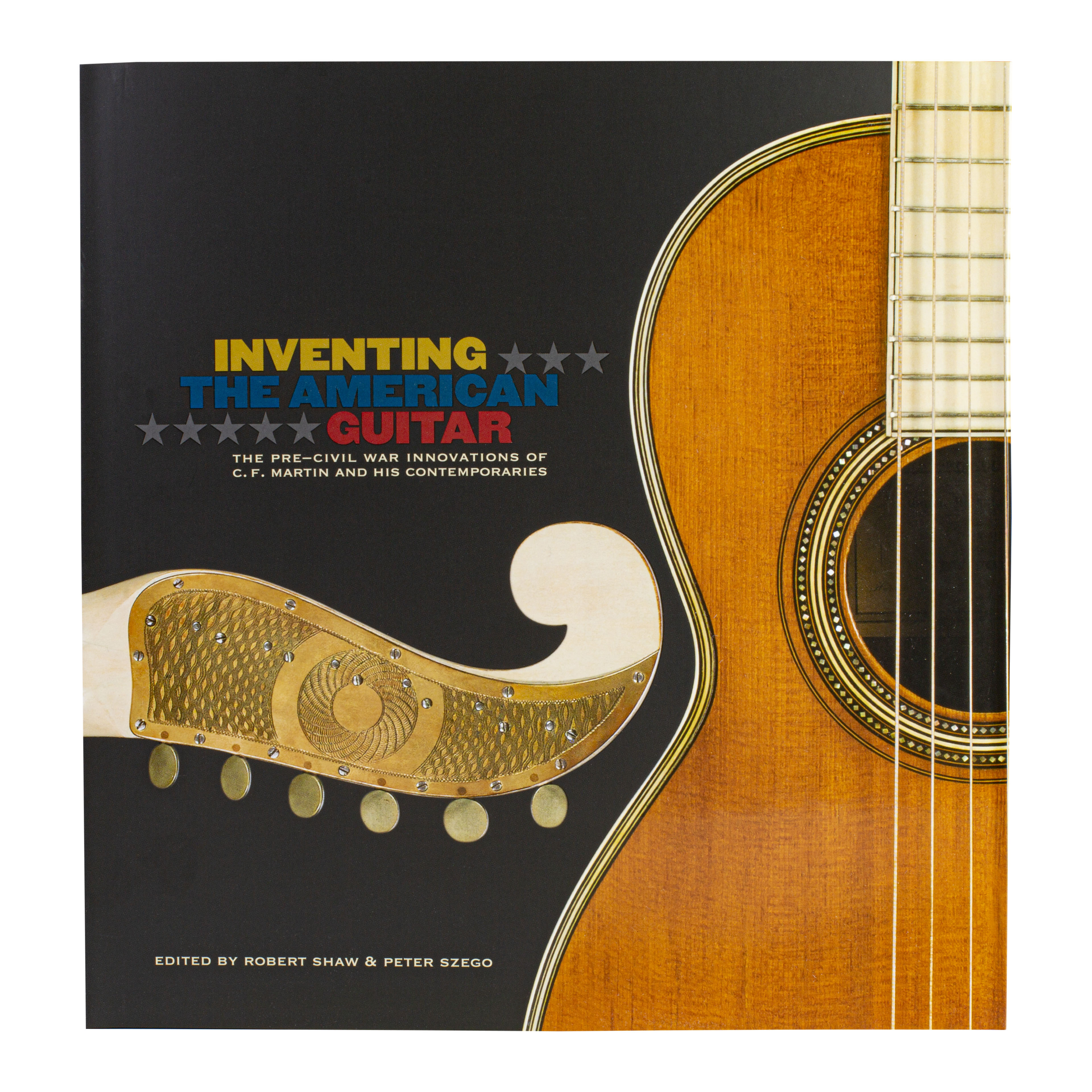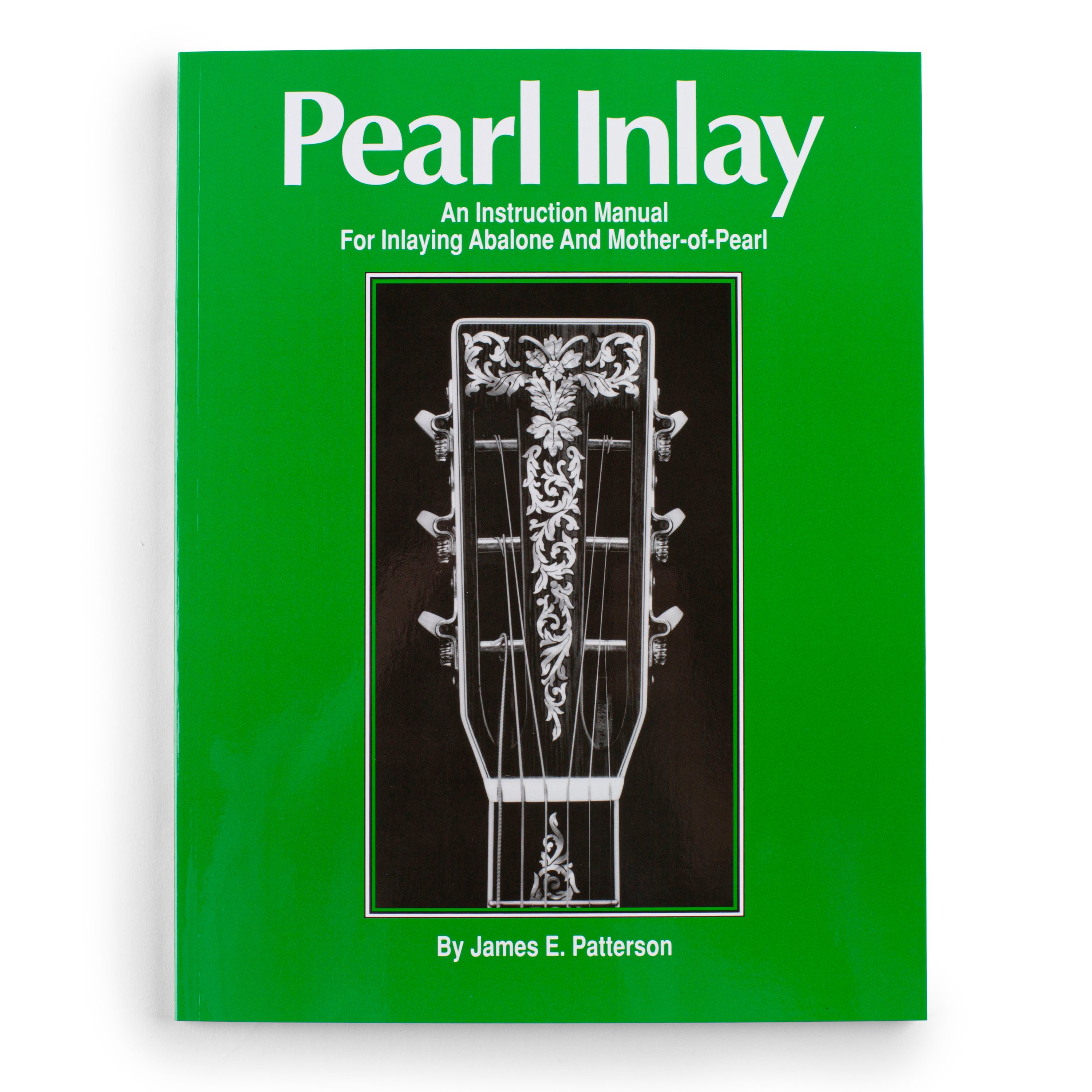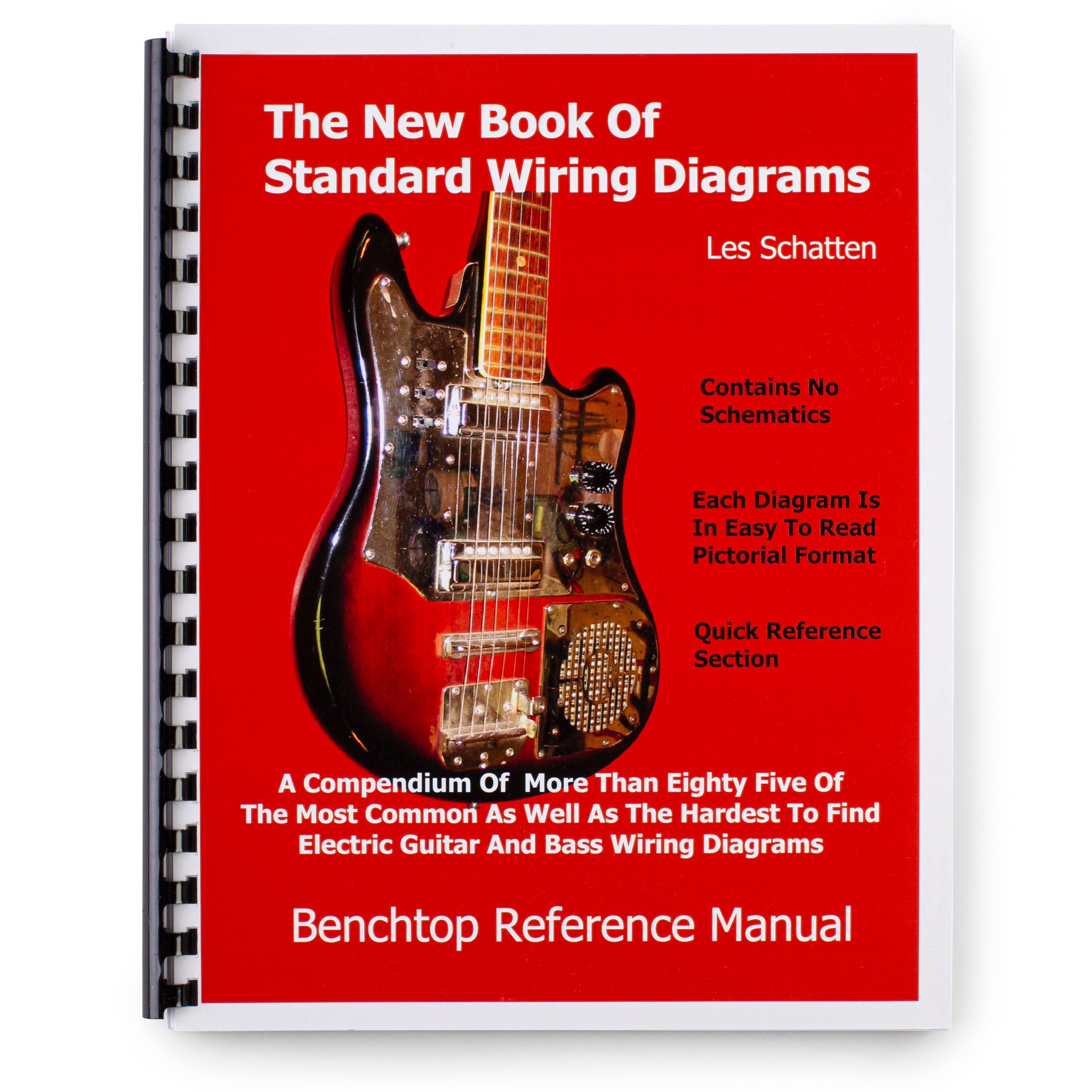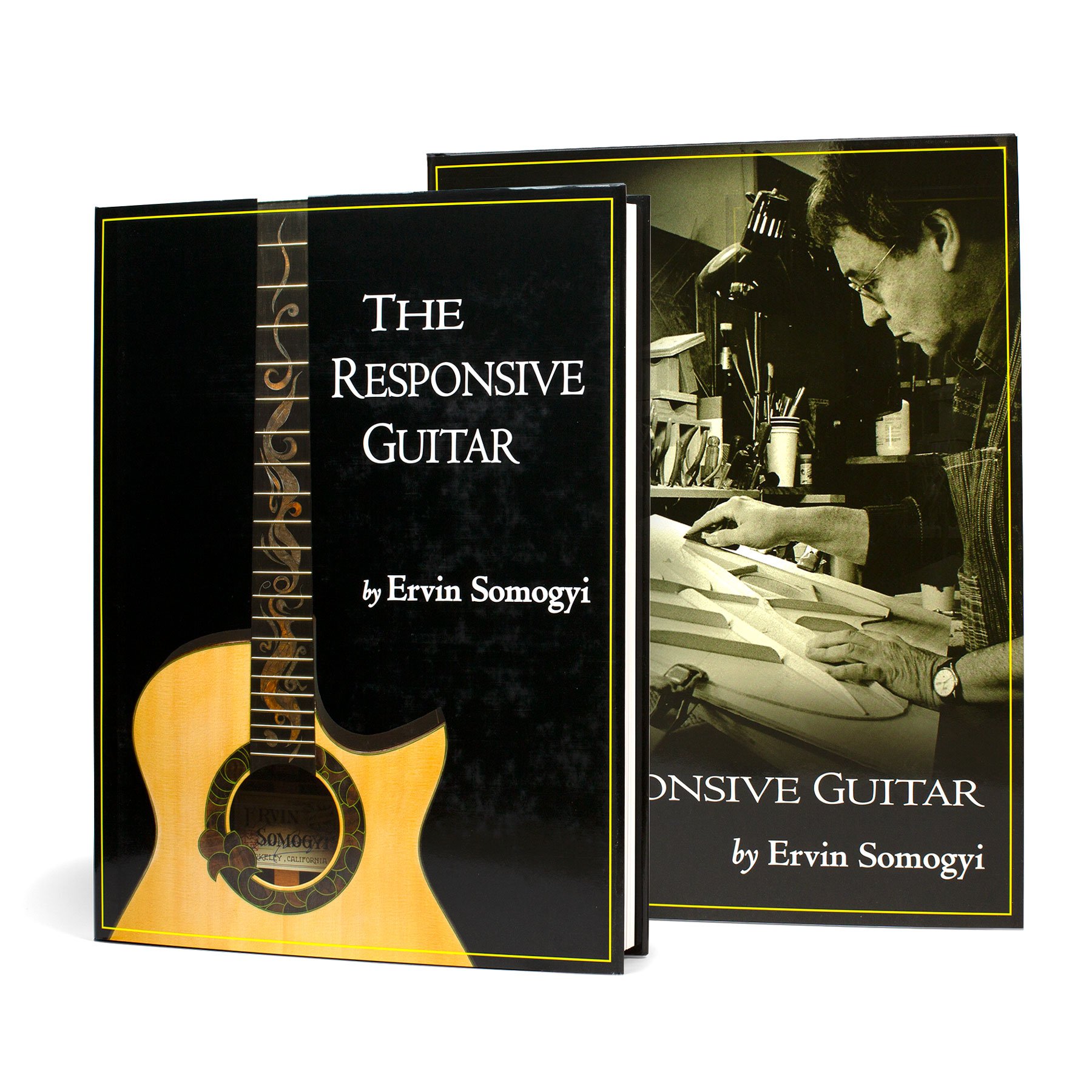Meet 5 Innovative Guitar Builders
Check out StewMac's selection of five incredible makers from the 2022 NAMM Boutique Guitar Builder Showcase!
Video Transcription
[on-screen text reads: StewMac]
Dan Erlewine: Some of us Lucky StewMac'ers just got back from the NAMM show in Anaheim, California. NAMM is National Association of Musical Merchants. It's a huge show where all the makers of every kind of instrument in the world show off their wares, pianos, guitars, horns, drums. One of my favorite things to see at the NAMM show, and I go there first, is the Boutique Guitar Makers Showcase. It's an area within the NAMM show that features small makers, hand makers, not large companies, mass-produced instruments, and it's builders from all over the world. Some of these builders are just starting out, they're young and have crazy and great ideas. And some of them are master builders like Michi Matsuda that you'll see at the end of this video. So we thought we'd show you a small selection of some of the great builders that were exhibiting this year. Obviously, we couldn't have shown everyone, but they were all tremendous builders. I hope you enjoy this.
Spohn Guitars
[on-screen text reads: Max Spohn - Spohn Guitars]
Max Spohn: Hi, my name is Max Spohn and I'm from Germany. I'm making guitars since 2014. I actually studied guitar making in Germany at university for five years. I was just fortunate to know what I want to do pretty early in my life. I build acoustic, steel-string guitars, mainly for fingerstyle playing, and I like to combine modern and traditional techniques. I am specialized in making some custom inlay work. It is inspired by Bauhaus artists like Wassily Kandinsky and Paul Klee.
One thing that is unique to my guitars is I use spruce on my headstocks as well. The wood on this guitar is Swiss moon spruce for the top and African ebony for the back and sides. The idea behind it was to build a guitar that has some very cold colors. And then the other guitar I have with me is with very warm colors, with fiddleback mahogany back and sides. The bindings, fretboard and bridge are made of wenge, and the inlays are pretty special on this one because it's fossilized mammoth bone. And when it's cut that thin, the pores are opened up and I put some gold leaf underneath so there's a little bit of sparkle going on.
There's almost everything I love about the process. I love designing them and working with my hands, creating something from scratch out of a raw wood, and then have the finished instrument.
[rock music playing]
Sankey Guitars
[on-screen text reads: Michael Sankey - Sankey Guitars]
Michael Sankey: My name is Mike Sankey. I'm from the lovely city of Ottawa, in Canada, and I build guitars. Each one of these is an individual guitar. I don't make models, I don't repeat myself, so they get a name not a serial number. I'm a big fan of trying to push the boundaries of design of guitars instead of old-fashioned stuff. I'm trying to see how can we make stuff that's ready for the future?
All right, left to right. Water Tiger is a maple burl body that's been dyed to this aqua blue color. It's a headless, ergonomic guitar so, when you hold it, it just naturally sits in a comfortable playing position. And it's got a multi-scale fretboard so not only is it gives you more tension on the base, which is nice, but the angle of the frets actually matches the angle that your hand naturally follows. It's got a cocobolo neck, a single pickup by Bare Knuckle pickups. And I'm very proud of the hardware because these are headless tuners. I design it and I have it 3D printed in metal, so this is a mix of stainless steel and bronze. And I've done the same on this one over here. This is another electric guitar, Mariposa, with a live edge in the same sort of spot. This is a piece of California redwood burl that was salvaged from Northern California, but it developed a crack in it as it dried. So I've inlaid these butterfly dovetails to stabilize the crack, and I thought, "Why not make them stand out, make them look beautiful?"
And, last of all, this one is Andromeda, something you won't see every day. It's a headless, archtop acoustic guitar. It also has a pickup as well as soundboard transducers, so you can get a bit of the acoustic and the electric sound coming out of the output.
I'm a one-man band. I conceive of the design, I do all the woodworking. And, despite the way they look, it's actually done pretty old-fashioned in technique. I have chisels and gouges and spokeshaves and, yeah, a lot of just real hand-work.
[rock music playing]
Ava Guitars
[on-screen text reads: Júlio Martins - Ava Guitars]
Júlio Martins: Okay, I'm Julio. I'm from Ava Guitars. Ava is a brand from Portugal. We have a team of seven people. We are designers and engineers. Our main differentiation is that we create high-end guitars using carbon fiber. These guitars have a different way of being built. They are not made of wood so the traditional carving process is not the one that we use. We use molds, we use fiber fabric that we lay up and we use to make these shapes. It allow us to be free to create new, different shapes, just like this beautiful detail in here where you don't have any joint between the body and the neck. It's a single piece from the beginning to the end of the headstock so you have a very light guitar, very comfortable, very close to your body with a lot of acoustics in it. You see, it's a hollow body.
Around 10, 15 guitars a year. Yeah, one a month. It's a very exclusive product. A part of it is to make them, but another part is to iterate new processes, new innovations, new stuff so we invest a lot, innovating every day.
[rock music playing]
Verso Musical Instruments
[on-screen text reads: Robin Stummvoll - Verso]
Robin Stummvoll: Hi, I'm Robin Stummvoll. I'm from Germany and I'm a luthier there. I'm building guitars since 2017. My approach in building guitars is making very simple instruments that are very versatile.
So, the pickup attaches magnetically to the metal surface. These are made from a bent piece of sheet metal, so you can move these around freely, like so. Or you can move these around sideways as well and swap them out just by removing this block, here, and use a different type of pickup, for example, a humbucker. And, if you have two pickups, you can also use stereo output to use different effect chains or different amps on the bass strings and on the treble strings, for example.
The people are very excited for the features at first, and then they tell me they love it because it sounds so nice to them. Because the body materials is metal you have all these resonances from the vibrating body as well so you have lots of overtones added to a normal signal for electric guitar which is a lovely sound, very warm, wooden sound actually.
It wasn't my intention to become a luthier. These guitars are actually my degree in industrial design. So, I passed. I would recommend to make something you really want to do and really want to love and you're passionate about and evolve from there. Just stick on it.
[rock music playing]
Matsuda Guitars
[on-screen text reads: Michihiro Matsuda - Matsuda Guitars]
Michihiro Matsu: Hello, my name is Michihiro Matsuda. I'm from Redwood City, California. I mainly make flat top acoustic guitars, but I'm interested in exploring the electric guitar side. And this is my first prototype. I call it Deconstruction Series. So this guitar has a soundboard, but there's no sound box. I want it to have acoustic tone, but I don't need that much acoustic volume. At first, people's reaction is, "Oh, what is this? How can I do this?" And that's exactly I wanted to hear. Say, if you hold the Telecasters, people always thinks there's a certain sound come from the Telecaster, certain sounds, certain music, certain musicians, but I don't have those images with these guitars. Makes the player wonder, "What can I use it, what kind of sound I can make with it?"
So this is my popular guitar model. I call this project Mottainai. Mottainai is very, very common word in Japan. People use it spontaneously, everyday living life. [on-screen text reads: Mottainai - Japanese phrase meaning 'waste not, want not.'] Is basically says save, maybe you can find a use for it later. Yeah, when I see wood scraps in my shop I say, "No, Mottainai." I have to pick it up and save it. So I collected all leftover pieces and cut-off pieces. I put it together to the one piece, to the guitar.
Guitar making, it's fun. It's really fun, yeah. Making by hand and doing something by hand to put this together, to cut it something. And it's just fun. Please follow your heart. And doesn't have to be perfect. Keep on doing. Keep on making.
Dan: I told you you'd see some fantastic building, didn't I? That's some innovation. Wouldn't you love to slide those pickups around? So, if you'd like to learn more about these builders, check them out in the video description below.






